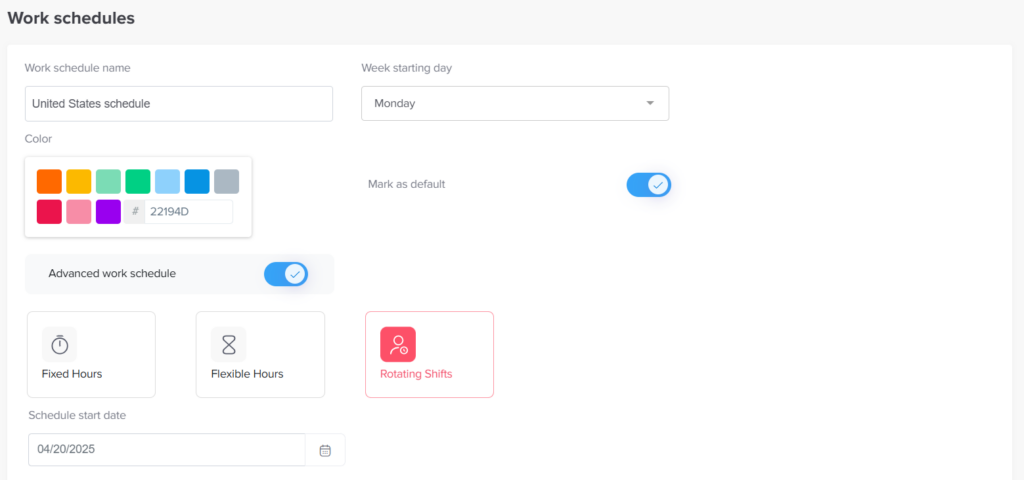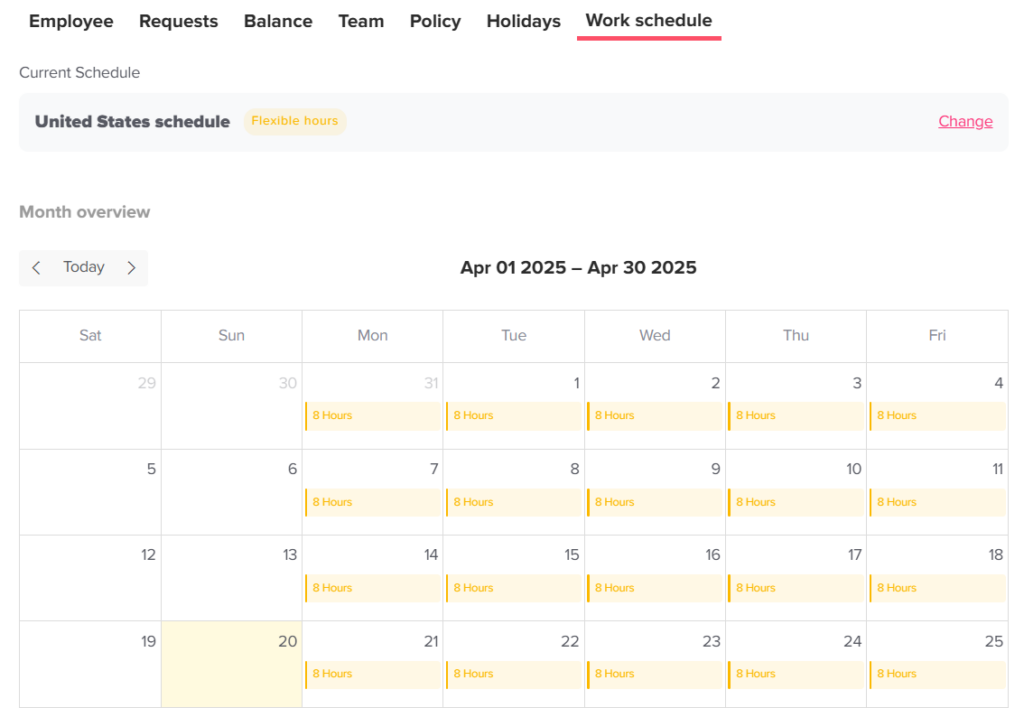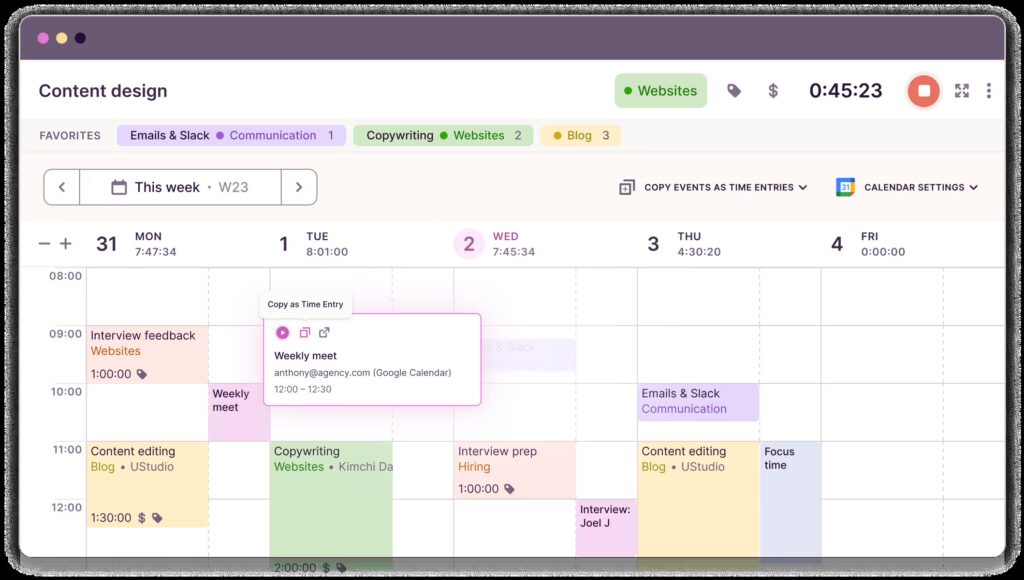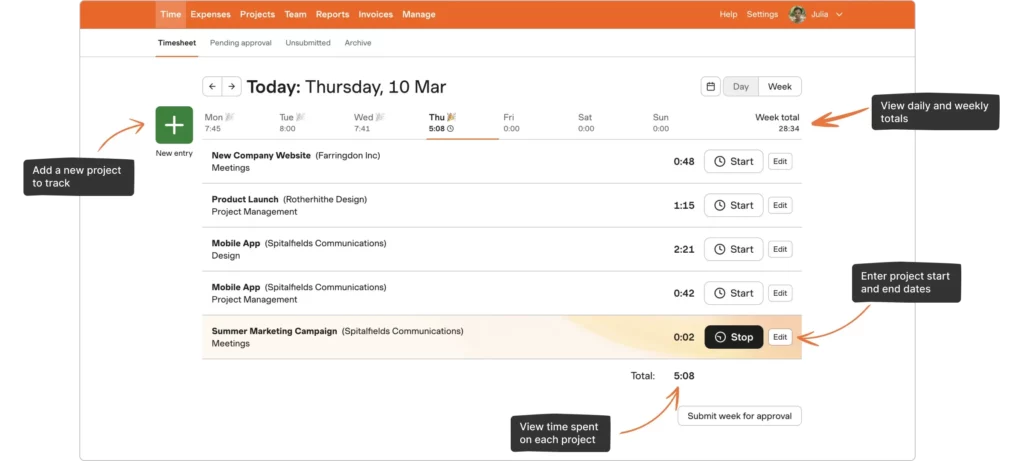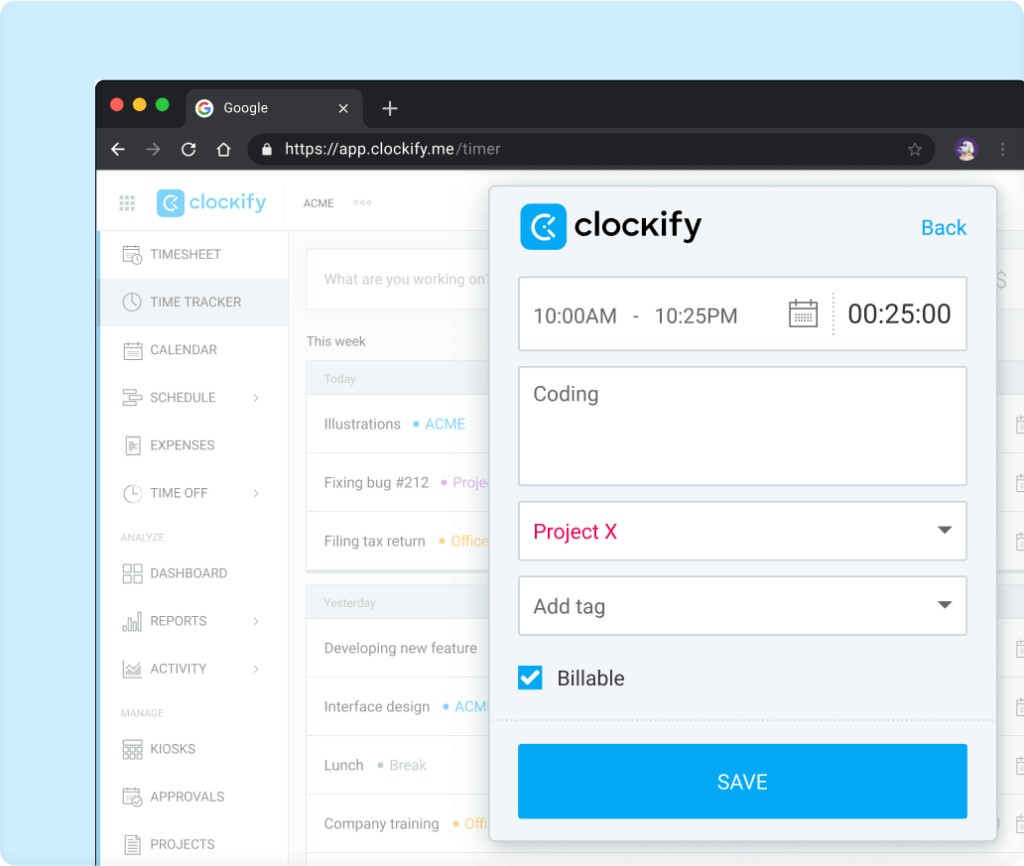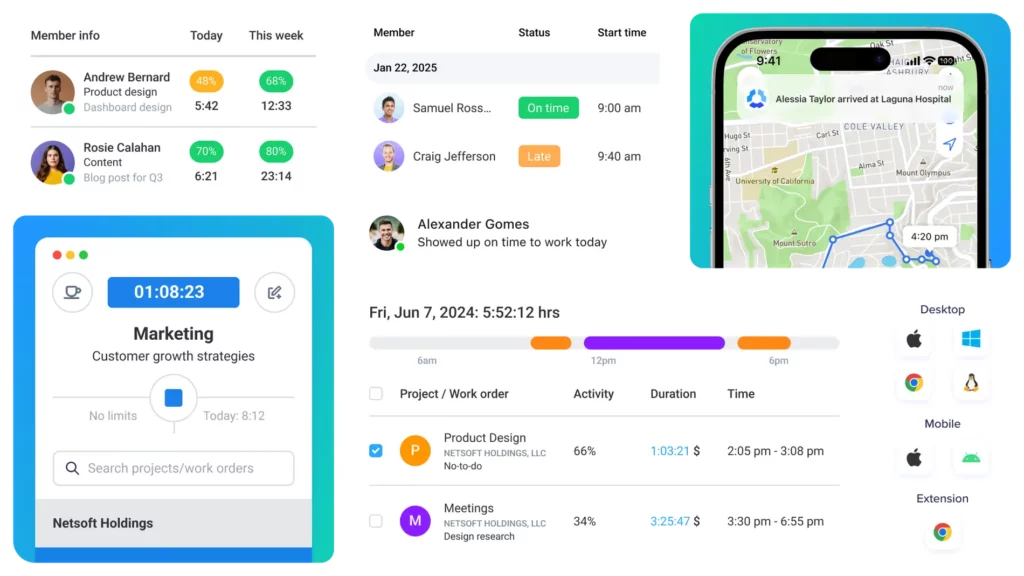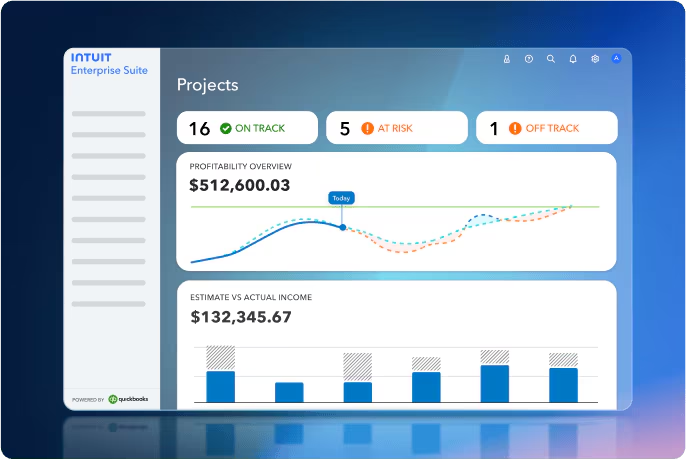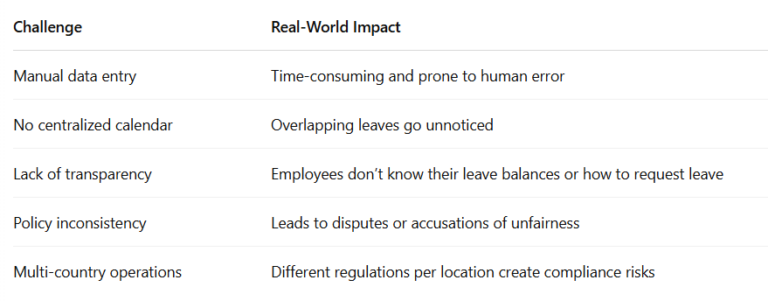In today’s highly competitive job market, companies are finding it increasingly challenging to attract and, more importantly, retain top talent. Employees are no longer just looking for a paycheck — they are seeking a supportive work environment, career growth opportunities, and a sense of belonging. This shift has made employee retention benefits not just a nice-to-have, but a critical element of any successful business strategy. Companies that invest in robust retention programs are not only able to keep their best people but also gain a significant competitive edge in terms of innovation, customer satisfaction, and profitability.
In this article, we’ll explore why employee retention benefits are crucial, the specific types of benefits that matter most, and how companies can build a strong retention culture that fosters loyalty, engagement, and long-term success.
🎯 What Are Employee Retention Benefits?
Employee retention benefits refer to a broad range of incentives, programs, and policies designed to encourage employees to stay with a company over the long term.
These benefits go beyond basic compensation packages — they are strategic tools aimed at improving job satisfaction, promoting personal and professional development, fostering loyalty, and creating a deeper emotional connection between employees and their employers.
Retention benefits can be financial, such as bonuses and retirement contributions, or non-financial, such as flexible work arrangements, professional development programs, and a positive workplace culture.
🚀 Why Employee Retention Benefits Are Critical for Business Success
1. Reducing Turnover Costs
Replacing an employee is expensive — studies suggest that it can cost up to 2x the employee’s annual salary to recruit, onboard, and train a new hire.
Retention benefits help companies avoid these costs by creating environments where employees feel valued and are less likely to seek opportunities elsewhere.
2. Boosting Morale and Productivity
When employees feel that their needs are being met and that their contributions are recognized, they are naturally more motivated and engaged.
A highly engaged workforce leads to higher productivity, better teamwork, and increased innovation, all of which directly impact the bottom line.
3. Enhancing Employer Brand
Companies that are known for taking care of their employees naturally attract more high-quality candidates.
Strong retention benefits position a company as an employer of choice, enhancing its reputation in the industry and making it easier to recruit top talent.
4. Maintaining Institutional Knowledge
Long-term employees develop a deep understanding of the company’s processes, customers, and culture.
By retaining talent, businesses protect this critical institutional knowledge, which is difficult to replace and invaluable for consistent operations and customer service excellence.
5. Strengthening Customer Relationships
Employees who stay with a company for longer periods build stronger relationships with clients and customers.
This leads to higher customer satisfaction and loyalty, contributing directly to revenue growth and market share.
Core Employee Retention Benefits That Work
1. Competitive Compensation Packages
Competitive pay remains a cornerstone of employee satisfaction. Organizations should regularly benchmark salaries against the market, offer performance-based bonuses, and provide retention incentives at key milestones. Profit-sharing or equity options can also create a deeper sense of ownership and long-term loyalty.
📈 Employees who feel fairly compensated are 87% less likely to leave within a year.
2. Comprehensive Health and Wellness Programs
Today’s employees expect more than just health insurance—they want support for their physical, mental, and emotional wellbeing. Comprehensive medical, dental, and vision coverage, combined with mental health resources, wellness programs, and fitness incentives, can significantly reduce absenteeism and boost overall productivity.
🏥 Companies with strong wellness programs see 28% lower sick leave usage.
3. Flexible Work Arrangements
Flexibility is now a top priority across all generations. Offering remote work, hybrid options, flexible schedules, and unlimited or flexible PTO not only boosts morale but also leads to stronger retention and engagement, helping organizations adapt to a rapidly changing workforce.
🖥️ Companies offering flexible work arrangements report 73% higher retention rates.
4. Career Development and Growth Opportunities
Employees stay when they see a future within their organization. Clear career paths, access to training programs, professional development budgets, and leadership opportunities show a real investment in employee growth—and create a pipeline of internal talent for future needs.
🚀 Companies that invest in internal mobility double employee retention rates.
5. Retirement and Financial Planning Benefits
Long-term financial security is a major concern for employees at every stage of their careers. Offering competitive 401(k) plans, financial education, student loan assistance, and emergency savings programs shows commitment to employees’ futures and significantly reduces financial stress.
💰 Financial wellness programs drive 21% higher employee engagement.
6. Work-Life Balance Initiatives
Organizations that actively support work-life balance build healthier, more sustainable work environments. Generous PTO, parental leave, mental health days, volunteer time off, and sabbatical programs help prevent burnout and foster loyalty over the long term.
🌟 Companies with strong balance initiatives see 25% lower turnover.
7. Recognition and Appreciation Programs
Employees who feel valued are far more likely to stay. Formal recognition systems, peer-to-peer acknowledgment, spot bonuses, and celebrating service milestones reinforce a culture of appreciation and build emotional commitment to the organization.
🏆 Recognition programs correlate with 31% lower voluntary turnover rates.
Tailoring Retention Benefits to Your Workforce
Generational Preferences Each generation has unique priorities:
Gen Z values flexibility, growth, and purpose-driven work.
Millennials seek work-life balance, career progression, and personal development.
Gen X looks for financial security, healthcare, and schedule flexibility.
Baby Boomers prioritize retirement planning, healthcare, and recognition of experience.
Life Stage Needs Benefits should adapt to where employees are in their lives:
Early-career professionals may need student loan support and mentorship.
Mid-career employees often prioritize childcare assistance, flexibility, and healthcare.
Late-career employees value retirement benefits, phased retirement options, and roles that emphasize knowledge transfer.
Feedback-Driven Improvements Using tools like benefits surveys, stay interviews, and usage data helps fine-tune programs to ensure they meet real employee needs, not just assumed ones.
Implementing a Strategic Retention Benefits Program
A successful retention strategy requires more than simply adding perks—it must be planned, intentional, and aligned with business and employee needs. Here’s how to structure the process:
Assessment Phase
Start by analyzing your current state. Review turnover trends, exit interview data, and the true cost of employee churn. Benchmark your benefits against industry standards and gather direct feedback from employees about what they value most. This insight will help identify gaps and prioritize high-impact improvements. Evaluate the potential ROI of new initiatives to ensure alignment with business goals.
Design Phase
Design benefits that reflect both company values and the real needs of your workforce. Flexibility is key—consider a mix of core and customizable offerings to appeal to different employee groups. Develop clear messaging and supporting materials to help employees understand and engage with new programs. Define success metrics in advance so outcomes can be measured.
Deployment Phase
Implementation should be smooth, visible, and supported from the top. Train managers to be champions of the new offerings and ensure they can effectively explain and promote them. Make benefits information accessible and easy to navigate. Consider a phased rollout for budget management and allow time for feedback and adjustments. Celebrate and communicate the launch to boost awareness and enthusiasm.
Evaluation Phase
Retention benefits aren’t “set and forget.” Regularly monitor usage rates, employee satisfaction, and changes in retention trends. Assess ROI and compare results to your original objectives. Use feedback loops—including surveys and performance data—to adapt and improve benefits over time. A strong evaluation phase ensures long-term relevance and impact.
Common Pitfalls to Avoid
Avoiding these common mistakes can mean the difference between a thriving retention strategy and one that falls flat:
Being Reactive
Waiting until turnover becomes a crisis leads to rushed decisions and higher costs. Take a proactive approach by identifying early warning signs and implementing improvements before issues escalate.
Poor Communication
Even the best benefits have little value if employees don’t know they exist or understand how to use them. Ensure clear, ongoing communication through multiple channels, including onboarding, one-on-ones, and internal portals.
Outdated Offerings
What worked five years ago may no longer resonate. Regularly reassess whether your benefits align with current workforce expectations and societal trends.
Ignoring Managers
Managers are often the first point of contact when employees have concerns. If they’re not informed or engaged, they can become a barrier rather than a bridge. Invest in training and equip them to be retention advocates.
Neglecting Feedback
Assuming you know what employees want without asking is a costly mistake. Use data—benefits usage rates, surveys, and interviews—to design programs that actually meet their needs.
The Future of Employee Retention Benefits
The landscape of employee benefits is evolving—and so must your strategy. Here are key trends shaping the future:
Personalization and Choice
One-size-fits-all no longer works. Employees increasingly expect to customize their benefits based on personal needs, life stages, and values. Flexible benefits menus and modular plans are becoming the norm.
Tech-Driven Insights
Retention strategies will be more data-informed, using AI and analytics to predict turnover risks, personalize engagement, and optimize benefit offerings based on actual usage and trends.
Holistic Wellbeing
The definition of wellbeing is expanding. Companies are now focusing on mental, emotional, financial, social, and purpose-driven wellness, integrating them into their culture and policies.
Sustainability and Social Impact
Employees, especially younger generations, want to work for companies that align with their values. Green benefits, community impact programs, and ethical business practices will play a larger role in retention.
Continuous Learning Ecosystems
Upskilling is no longer a perk—it’s a necessity. Companies that embed learning and development into everyday work will retain employees longer and adapt more effectively to future demands.
📌 Frequently Asked Questions (FAQ)
Q1: How often should we review and update our benefits packages?
A comprehensive review should be conducted at least once a year. Additionally, smaller reviews should follow major organizational shifts, employee feedback trends, or market changes to ensure continued alignment with employee needs and industry standards.
Q2: What’s the best way to measure the success of retention benefits?
Success should be measured through a combination of turnover rates, benefits utilization data, employee satisfaction surveys, and engagement scores. ROI can also be calculated by comparing retention improvements against the cost savings in recruitment, onboarding, and lost productivity.
Q3: How can smaller companies compete with larger firms on retention benefits?
Smaller businesses can differentiate by focusing on flexibility, meaningful work, and a personalized employee experience. Intimate workplace cultures, faster decision-making, and tailored growth opportunities often make small companies more appealing despite limited budgets.
Q4: How important are non-financial benefits compared to salary?
Non-financial benefits are increasingly vital, particularly for Millennial and Gen Z workers. Flexibility, wellness support, career development, and purpose-driven work are frequently ranked equal to or above salary in importance.
Q5: What role do managers play in retention?
A significant one. Employees often cite their direct manager as a key factor in their decision to stay or leave. Well-trained managers who actively recognize contributions, support growth, and communicate benefits can dramatically increase retention.
Conclusion
Building a strong retention strategy is not just about offering better benefits—it’s about creating a culture of trust, growth, and respect. When employees feel valued, supported, and aligned with a company’s mission, they stay, contribute more, and help the organization thrive.
Retention benefits should be thoughtfully designed, regularly evaluated, and strategically communicated. By focusing on what truly matters to employees—flexibility, wellbeing, development, and recognition—organizations can move beyond short-term fixes and create a workplace that attracts and retains top talent for the long haul.






